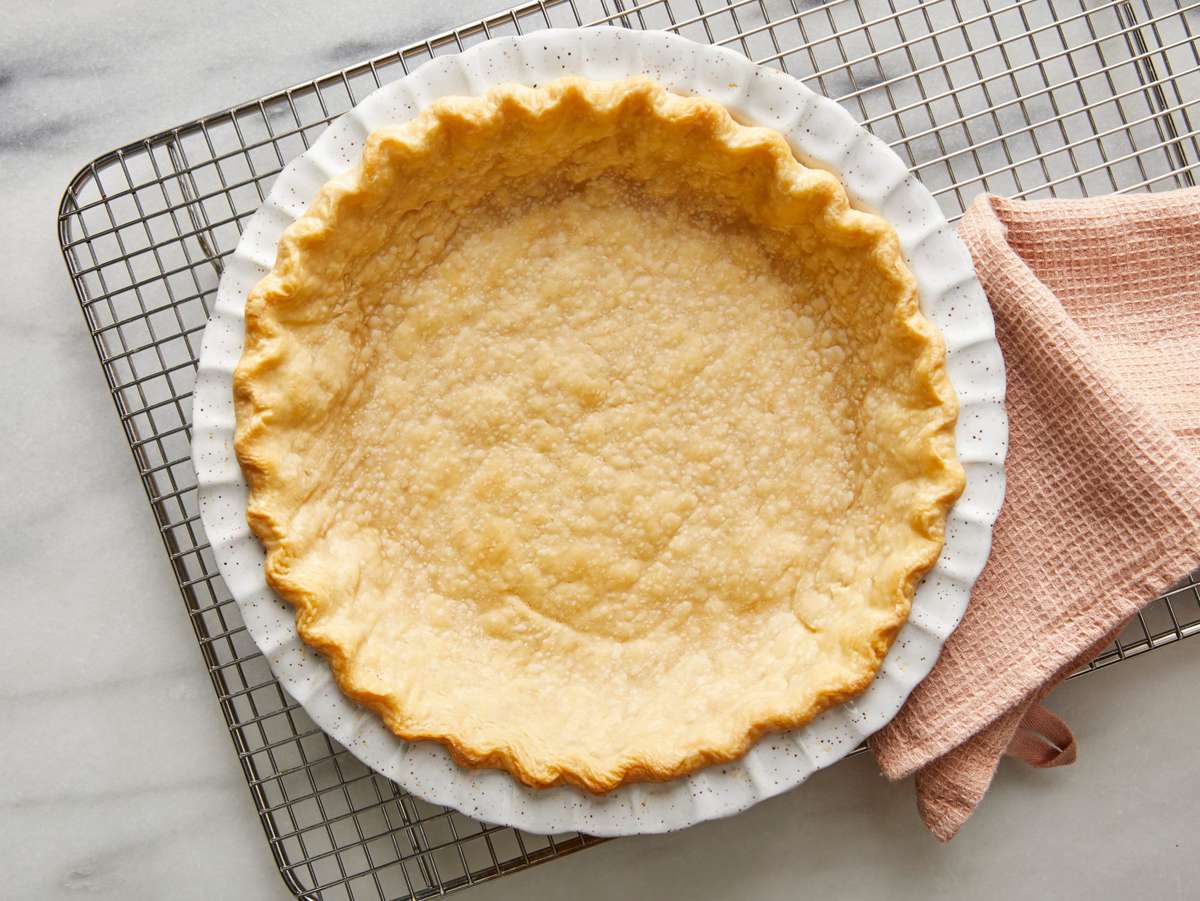How to avoid these common pie crust mistakes
When considering essential skills in baking, creating a perfect pie crust is often near the top of many people's lists. Unfortunately, it is common for some people to find creating a homemade crust daunting or intimidating, especially when the baking is for the holidays or special events.
Even though making a perfect pie crust can take some practice, being armed with the knowledge of some common pie crust mistakes and how to avoid them will help you feel confident in your pie-making skills. Below are six common mistakes when making a homemade pie crust and some helpful solutions to avoid them.
1. The ingredients are too warm
Many people tend to face issues with pie dough from the beginning of the process, and the problem could be as simple as the ingredients not being cold enough.
For instance, the butter could be too soft and easily blends with the dry ingredients as it mixes, or the water could be lukewarm when added to the dough, which will increase the overall temperature of the dough.
The solution is simple: When making pie dough, the colder your ingredients are, the better. Ensure the butter is cold and the added liquid ingredients are chilled when making your pie dough. Some commercial kitchens have been known to keep bowls, mixer attachments, and all ingredients (including the flour) in the cooler before starting their pie dough.
2. The pie dough is overworked from excessive mixing or rolling
Whether you use a food processor, a stand mixer, or your hands to incorporate the ingredients together, overmixing is a common mistake that leads to a chewy crust.
It's tempting when baking to combine the ingredients completely, but the texture should resemble a coarse meal before adding your liquid. If you mix more than that, the gluten in the flour will begin to develop, ultimately leading to a tough crust.
Consider getting in touch with your food, literally, by using your hands during this process. You'll be able to feel when that butter is in small pieces (preferably the size of peas), and it will help you make sure the dough stays cold. If it feels like the dough is getting warmer or the butter is melting, place it back in the fridge for 15 minutes to chill.
As you're rolling out your dough, try to avoid rolling or reworking the dough too much – and avoid the temptation to incorporate the scraps and trimmings back into the dough. Use the pie dough scraps for a decorative topping on the pie where the texture won't be as noticeable or discard them. We also light Piecrust Crackers.

3. The pie dough isn't given enough time to relax and chill
Making pie dough from scratch is a time commitment, and it can be tempting to rush the process. But it is necessary to allow some time for the pie dough to chill.
The pie crust could have a firm or tough texture if you bake your pie before resting your dough. Giving your dough time to rest will allow all the ingredients to chill, help the moisture distribute more evenly throughout the dough, and make it easier to roll out.
The solution to this problem is simple: Give the dough at least an hour to rest in your refrigerator before rolling it out.
4. The pie dough is shrinking down the sides of the pan
Few things are more frustrating than putting your pie dough in the baking pan only to see it shrink down the sides.
This problem could combine factors of the dough being overworked or not giving the dough enough time to rest. If you work with your dough too much, including stretching the edges to fit your pan, there is a possibility that your dough will retract.
A helpful tip is to use pie weights in your crust so the sides don't droop down during a blind bake, and chill your dough-lined pan before baking.
5. The edges of the pie crust are browning quickly, but the pie isn't finished baking
With many pie recipes, the baking process can take quite a while, leaving the edges of the pie crust vulnerable to over-browning or burning.
The fix might sound a little too easy, but the solution to this problem is to make sure those areas are covered during part of the baking time. You can do this by covering the edges of the pie crust with strips of aluminum foil before you put your pie in the oven, and remove them halfway through the baking time. Or add a foil covering if you see the edges getting dark.
Consider investing in a pie crust shield if this tends to be a common issue to help ensure the edges of your pie stay safe every time you bake.
6. The bottom of the crust is soggy
A homemade pie with a soggy bottom is a notorious gripe in kitchens worldwide.
This problem could arise from too much moisture or trapped moisture at the bottom of the pie. This could be caused by the pie not being baked long enough, the oven temperature being too low, or a hot filling added to an unbaked crust.
If you think the issue might be related to the filling, some solutions to this issue could be blind baking your pie crust before adding the filling or making sure your fillings are cooled to room temperature before adding to the pie crust.
You can also place your pie on the lower half of the oven if necessary to help the base of the crust bake thoroughly.
Ready to start putting these pie crust skills to the test? Use this classic pie crust recipe to start creating your favorite pie, or consider making one of these 8 old-fashioned Southern pies you won't find anywhere else.






